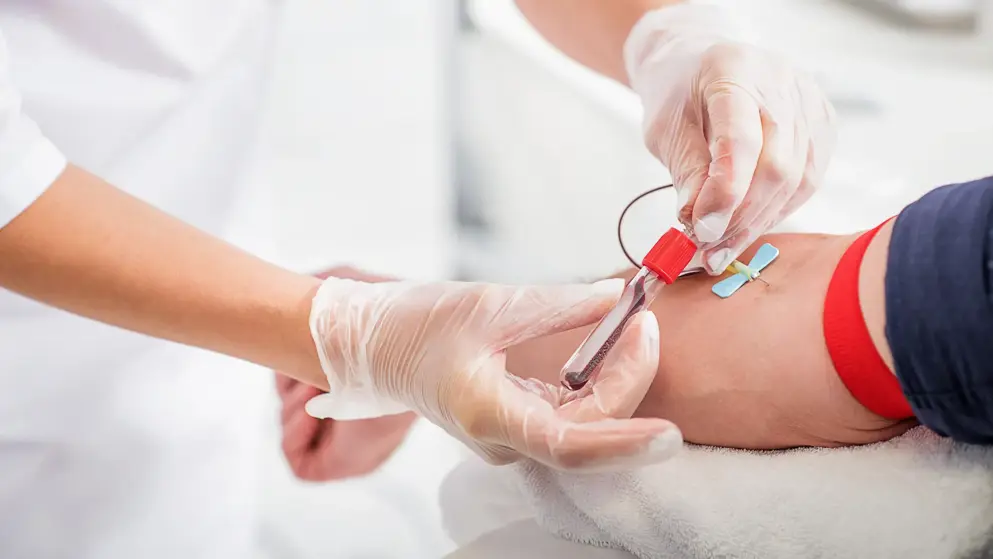Current Management of Hyperkalemia in Non-Dialysis CKD: Longitudinal Study of Patients Receiving Stable Nephrology Care
Current Management of Hyperkalemia in Non-Dialysis CKD: Longitudinal Study of Patients Receiving Stable Nephrology Care
Background: No study has explored the limitations of current long-term management of hyperkalemia (HK) in outpatient CKD clinics.
Methods: We evaluated the association between current therapeutic options and control of serum K (sK) during 12-month follow up in ND-CKD patients stratified in four groups by HK (sK ≥ 5.0 mEq/L) at baseline and month 12: Absent (no-no), Resolving (yes-no), New Onset (no-yes), Persistent (yes-yes).
Results: We studied 562 patients (age 66.2 ± 14.5 y; 61% males; eGFR 39.8 ± 21.8 mL/min/1.73 m2, RAASI 76.2%). HK was "absent" in 50.7%, "resolving" in 15.6%, "new onset" in 16.6%, and "persistent" in 17.1%. Twenty-four hour urinary measurements testified adherence to nutritional recommendations in the four groups at either visit. We detected increased prescription from baseline to month 12 of bicarbonate supplements (from 5.0 to 14.1%, p < 0.0001), K-binders (from 2.0 to 7.7%, p < 0.0001), and non-K sparing diuretics (from 34.3 to 41.5%, p < 0.001); these changes were consistent across groups. Similar results were obtained when using higher sK level (≥5.5 mEq/L) to stratify patients. Mixed-effects regression analysis showed that higher sK over time was associated with eGFR < 60, diabetes, lower serum bicarbonate, lower use of non-K sparing diuretics, bicarbonate supplementation, and K-binder use. Treatment-by-time interaction showed that sK decreased in HK patients given bicarbonate (p = 0.003) and K-binders (p = 0.005).
Conclusions: This observational study discloses that one-third of ND-CKD patients under nephrology care remain with or develop HK during a 12-month period despite low K intake and increased use of sK-lowering drugs.
Read abstract on library site Access full article




